4 in 10 women in the US have dense breasts, making it harder to SEE cancer
Visual Intelligence can support earlier detection of breast cancer for the benefit of patients and their families, clinicians, providers, and payers.
It is becoming increasingly important to find and treat breast cancer sooner, optimize radiology workflow and reduce unnecessary emotional stress from recalls resulting from false positives. Imago’s technology has the potential to address each of these challenges, which will have a positive impact on patient care and insurance costs.
IMAGO was founded in direct response to the death, due to metastatic breast cancer of family members of Imago’s founder. The impetus for starting the company was to create a business for processing and transforming existing mammographic images for the early detection of breast cancer mammographic screening, including those for women who have dense breast tissue.
Our advantage is that we can do fat subtraction like MR, apply it without gadolinium contrast, and do it from the original image or images. A breast image doesn’t require additional radiation for the woman and the clinician can determine abnormalities in dense breast tissue, identify extent of margins more clearly, and “see” textures inside of the malignancies or benign lesions not visible in the original.
Original Mammagram
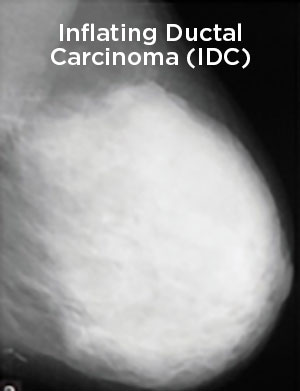
Uncertainty
Imago's Characterization
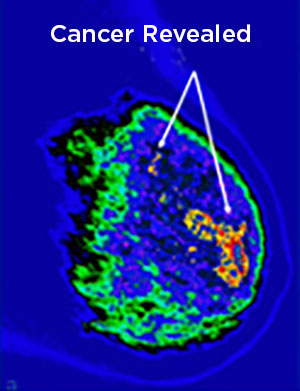
Clarity
Imago’s post-processed results delivered in less than two seconds
While other in the industry have worked to cause tissues to diverge so that cancer might be diagnosed and differentiated from benign lesions, Imago’s process causes all tissues to converge into their own patterns based on second-order sequencing where neighborhoods of pixels self-express.
IMAGO’S Visual Intelligence (VI) technology provides radiologists with more clarity that helps detect potentially actionable cancers earlier than with screening mammograms alone.

46% of invasive cancers are missed.

2010: Imago’s Color Island Algorithm reveals the presence of cancer, when the size of each lesion is less than 1 mm.
By 2011: The Cancer had become invasive… but was still misdiagnosed in 2012.
By 2014: Breast cancer detected in original mammograms.
An average of 11.1% of women between 40 and 59 receive a false positive
Potential to Reduce False Positives – Case Study
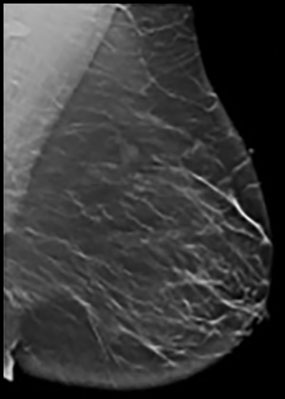
Original Mammogram
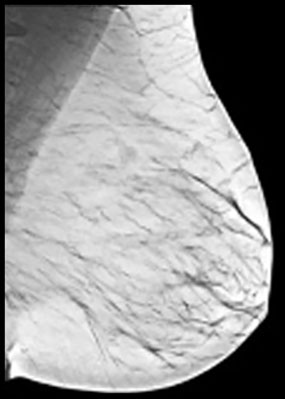
Imago Textures Algorithm
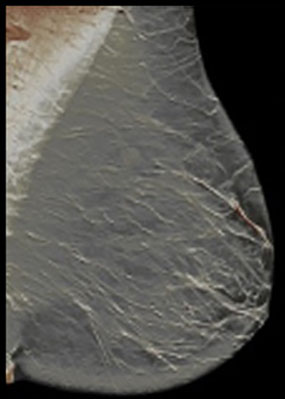
Imago Relief
Algorithm
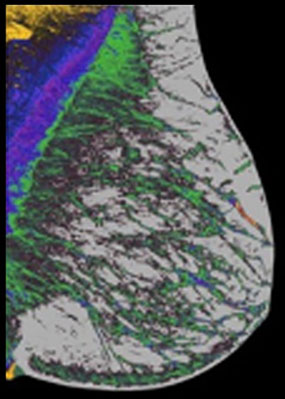
Imago Color
Island Algorithm
- In initial read, 5 of 7 radiologists identified case as positive (5 false positives)
- In the 2nd read (mammography plus Imago Algorithms), all 7 identified cases as negative (zero false positives)
*As we continue to develop Imago’s Visual Intelligence™ IP, we will submit a 510(k) application for a single-source version of its technology for an accredited review under the U.S. Food and Drug Administration’s (the “FDA”) 510(k) Third Party Review Program.

